Notes from our webinar, led by guest expert, Scott Ward. Play the video to watch or listen to the conversation.
Gamification products / services: Badgeville; RedCritter; Big Door; Bunchball. But theres a lot you can do with just Yammer.
Were talking about behaviour here, but Scott says that Gamification is really about data, and storytelling with data.
The gamification products you can buy and use can be quite expensive, it can be more practical to build your own gamification elements.
ROI can be in the millions when you decrease collaboration costs and communication delays, and increase sales.
Gamification incentives:
-
- Status awards and visibility
- Access to senior management or other perks
- Power enable autonomy
- Stuff prizes.
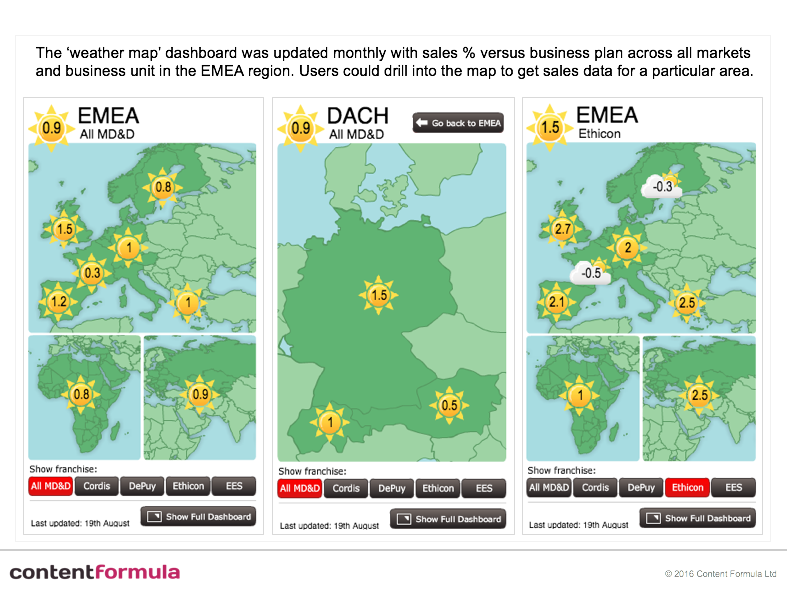
Scott has used a stock market report to show which departments and teams are making the best use of the tools. Weve used a weather analogy to display stats encouraging people to reduce rain clouds and increase the sunshine. Visual representation is clear and fun.
Scotts used animated green and red fish on digital displays around the organisation. Staff knew that they wanted to see more green fish while visitors dont know what the digital fish indicated!
Theres always a sense of pride around the number of followers you have.
Quests are a good way to encourage behaviour.
One idea convert praise into beans that you can use with the coffee shop downstairs for coffee.
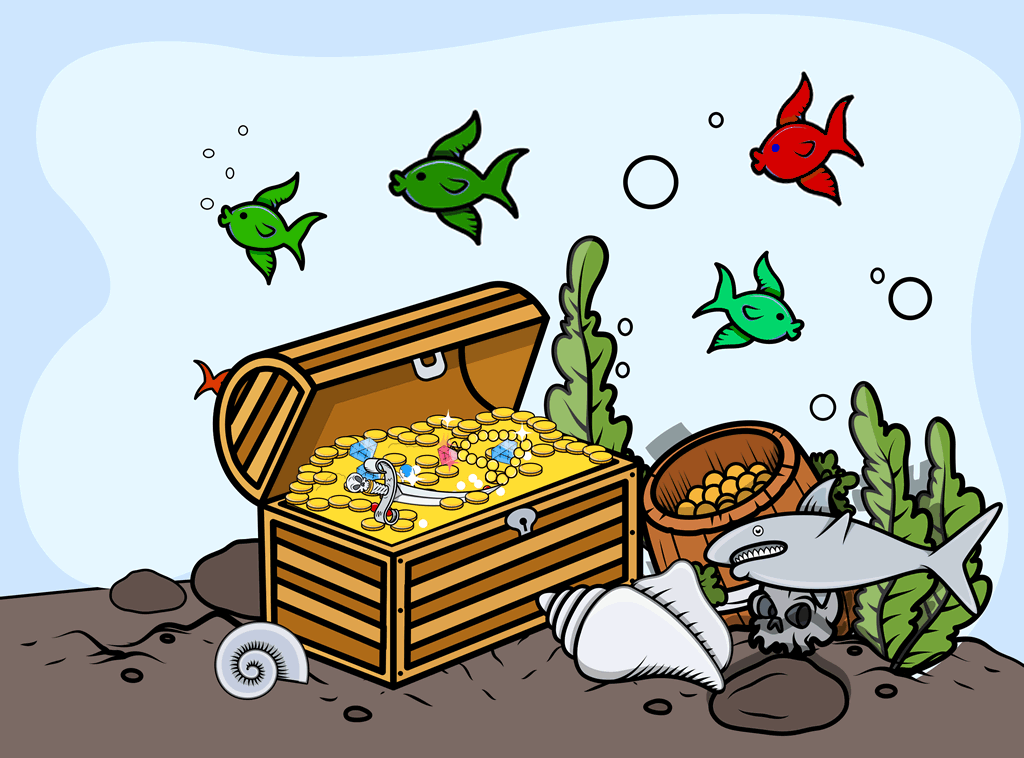 For an external example of leader boards, take a look at rise.global now.
For an external example of leader boards, take a look at rise.global now.
(The conversation gets derailed as we discuss Nerf guns and the foam ammo.)
Weve found that leaders can get really enthusiastic about the stats and leader boards. Theyve driven engagement.
Further, weve found that key motivators are status and praise. Specifically, weve asked employees to nominate colleagues who have done something brilliant that exemplifies the company values. The kudos of making the nomination, and receiving nominations, was highly valued.
Different people, different cultures, like different incentives. Designers like badges, while IT people like levels levelling up the leader board.
But all this is just to express the user-journey the work and mastery of the employee.
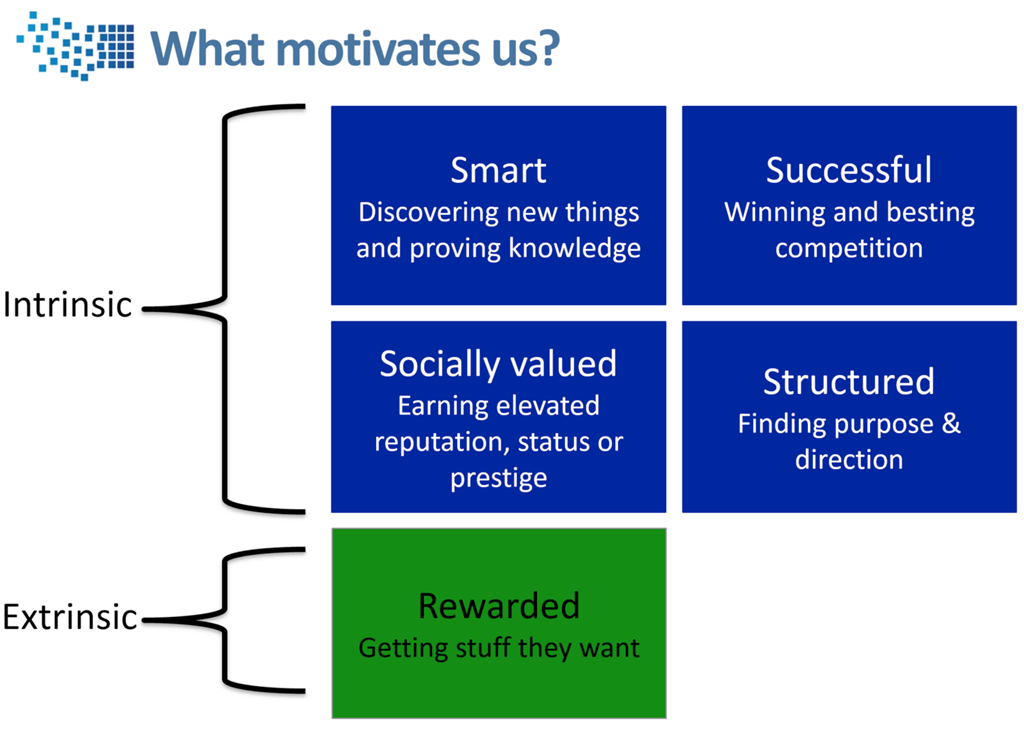 See Badgevilles motivation model (blue and green boxes).
See Badgevilles motivation model (blue and green boxes).
But you should also consider Daniel Pinks motivation theory (autonomy, mastery, purpose).
When to use extrinsic motivation and real incentives? When the process youre rewarding is dull or unpopular. But youll need to improve the reward over time, as prize value erodes for these unpopular tasks.
To disincentives behaviour, take away their SAPS reduce their status, take away their red-carpet access, disempower them, and take away their stuff. The carrot and stick debate rages on disincentivising is a contentious matter, and may come across as punishment rather than discipline.
(Imagine the serious side compliance matters. Disincentivising dangerous or financially risky behaviour may well be appropriate.)
People learn how to game the game. So you have to find the goal that cant be gamed.

A 7-point framework for employee engagement in the digital workplace
Modern organisations are using a number of clever techniques to accelerate internal change and make it stick. This free e-book puts forward a simple and effective 7-point framework to use to deliver change campaigns and programmes.
Scott says he’s had complaints from people about the gamification criteria, and sometimes the complaints have been valid, and things have needed to be tweaked, but often the complaints come from people who need to improve their behaviour if theyre to match company standards.
![]()
[Read more about our ‘I am Ethicon’ awards and gamification.]
You must take a look at BJ Foggs models he says you need a motivator, the ability to act, and a trigger to start you off. If youre gamification can provide the motivators and triggers, then all you need to ensure is that people have the access, skills, training, and general ability to perform.
Trigger? Think notifications, alerts, and internal communications. A trigger might only encourage a small behaviour further triggers are needed to continue the journey towards the strategic goal.
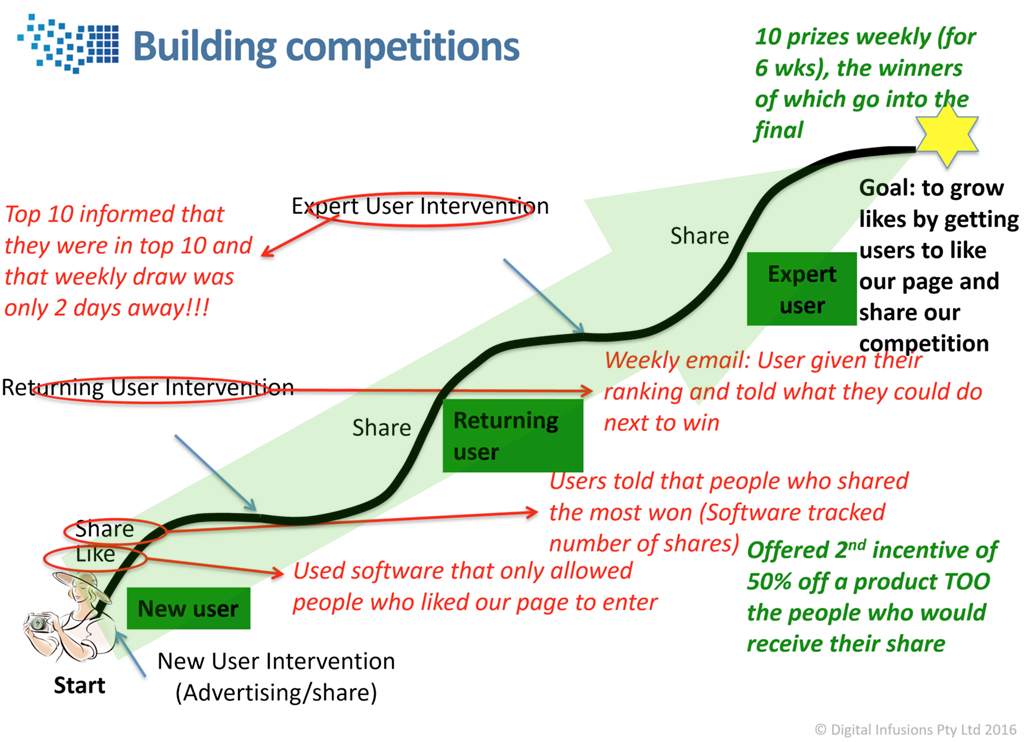
Id like to ask you how people might feel if they are a bit late to the party and cant catch up to those employees high up on the leader boards or those who have thousands of followers and get loads of praise. How can we best manage the risk of disengaging people who dont prioritise following quests? What do you think?
Take a look at how we’ve helped clients with Yammer and SharePoint.

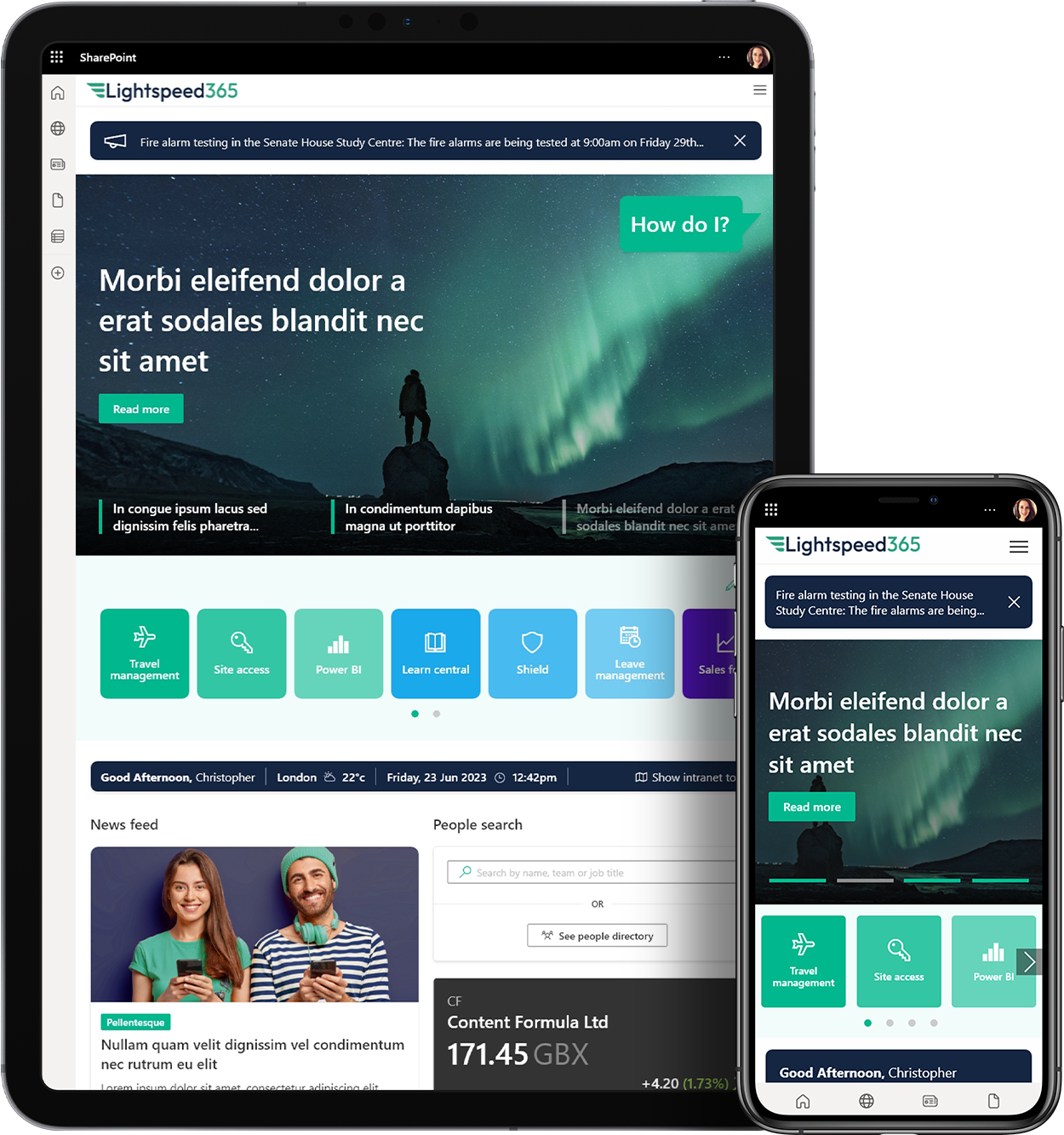

 SharePoint Products
SharePoint Products


